One of the big talking points so far in 2023 has been the big increase in land lease costs and indeed the prices being paid for farms at sales auctions. In exceptional cases, land is being leased for over €500/acre and being sold for over €20,000/acre. It’s important to note that despite public opinion or indeed media reports, these are exceptional prices.
According to the latest Teagasc National Farm Survey data for 2021, average lease payments on dairy farms are €190/acre. Furthermore, the Irish Farmers Journal Land Report 2022, which will be published in the coming weeks, will show that average land values across the country are still below €13,000/acre.
So just because some land is making big money, doesn’t mean that all land is. It’s also important to say that when it comes to leases, prices agreed don’t always translate into prices paid. Looking to the past, there are plenty of stories of those who paid over the odds for a lease being unable to pay the full amount every year.
Late payments, part payments or worse again no payments are an unfortunate feature of some lease agreements. In the main, people entered these agreements with the best of intentions but for one reason or another didn’t generate enough money to honour them.
Not everyone is honourable, and there are also stories of people not paying the last year or two of a lease. Some will do this in the knowledge that the costs to the landowner of going to court will be greater than the value of the lease payment.
The point here is that there is more to being a good tenant than just paying the top price. Most landowners recognise this; they want their farm looked after, they want the farmer working the land to have money to invest in it to improve soil fertility and grass varieties and they want to go to sleep at night in the knowledge that they will get paid the agreed amount at the agreed time. Very often, the best tenant will be the one who is unwilling to pay the highest price for land.
Nitrates
The new Nitrates Action Programme introduced by the Government and signed off by the European Commission is quite clearly the driver of increased land costs in Ireland. There is a very clear link between the introduction of banding, but more so the inevitability that the derogation as we know it is going to drop from 250kg to 220kg N/ha and the rise in the demand for land from dairy farmers.
Every farm animal has an organic nitrogen excretion rate and there’s a limit of 170kg of nitrogen on every hectare. Above that, grassland farmers can apply for a derogation and up to now that derogation allowed them to go to a maximum of 250kg N/ha. That is set to drop to 220kg next year, pending the outcome of the review to take place this autumn.
Banding is increasing the excretion rates for most cows and when combined with the lowering of the upper limit in derogation, means thousands of dairy farmers will have to find additional land to dilute their organic nitrogen over a larger area, if they are to retain existing cow numbers.
The amount of chemical nitrogen farmers can apply has also been cut by 10%, with a 30% cut proposed in the Food Vision Dairy Group report. This will reduce the productivity of land, meaning more land is required to carry the same stock.
Value
Dairy farmers see the changes to nitrates as a threat to their business and most see the best way to manage that threat is to have additional land so they are not exposed to the changes. Traditionally, farmers leased land if they wanted to grow their business. Whether or not they took on the lease and how much they paid for it was all dependent on the profit, or return on investment from taking on the extra land.
The dynamics are totally different with nitrates. The additional land is unlikely to support any additional animals or increase output but that doesn’t mean it doesn’t generate a return. In this instance, the return is being able to maintain existing cow numbers.
For example, take a typical farmer with 50ha keeping 100 cows and 30 livestock units between replacement heifers, stock bulls and other stock. Presuming they are in the middle band for nitrogen, their total annual N excretion rate will be 232kg N/ha. They are currently in a derogation and would normally have spread 250kg N/ha to grow 14.5t of grass per hectare and feed 750kg of meal per cow. At this stocking rate and this level of input, the farm is self-sufficient for winter feed.
However, with the derogation dropping to 220kg/ha, the farmer will need to find an additional 3ha in order to stay under 220kg/ha if they are to maintain existing stock numbers. Other options include contract rearing or reducing the amount of replacements and other stock being carried.
The reduction in chemical nitrogen also needs to be factored in. The typical response rate to a kilo of nitrogen is 30kg of grass so a 25kg reduction in nitrogen per hectare will mean 750kg less grass grown per hectare.
Feed deficit
Across the farm that’s a feed deficit of 37.5t DM. It can be replaced in bought-in meal at six times the cost or in silage at three times the cost of grass. If this farm is utilising 13.75t DM/ha, the farmer would need to find another 3ha to make up the difference.
So in this example, the 100-cow dairy farmer with a stocking rate of just greater than one cow/acre would need to find an additional 6ha (15ac) just to comply with the new nitrates rules and retain cow numbers. Alternatively, they could decide to reduce stock numbers by the equivalent of seven cows.
If this farmer was in the high band and all else being equal they would need to find an additional 9ha or 22ac or else they would have to reduce stock numbers by the equivalent of 19 cows. Faced with having to cut cow numbers, dairy farmers are willing to pay more for land just to hold what they have.
This means those with the deepest pockets are getting the land. As reported in last weeks’ Irish Farmers Journal, a survey found that 31% of tillage farmers have lost land to dairy farmers in the last 12 months. Similarly, the margins from beef and sheep farming means farmers in these sectors are also losing land.
Lower margins
The net result is that there will be lower margins on dairy farms and tillage, beef and sheep farmers will be running smaller businesses, therefore reducing the overall competitiveness of Irish agriculture.
Those who purse their lips at such developments should blame policymakers, rather than dairy farmers for it.
Government policy brought us to this point and it’s in the Government’s gift to change the policy for the sake of all farming sectors.
The ironic thing is, the reduction in the derogation from 250kg to 220kg will have a negligible impact on water quality.
That condition needs to be changed.



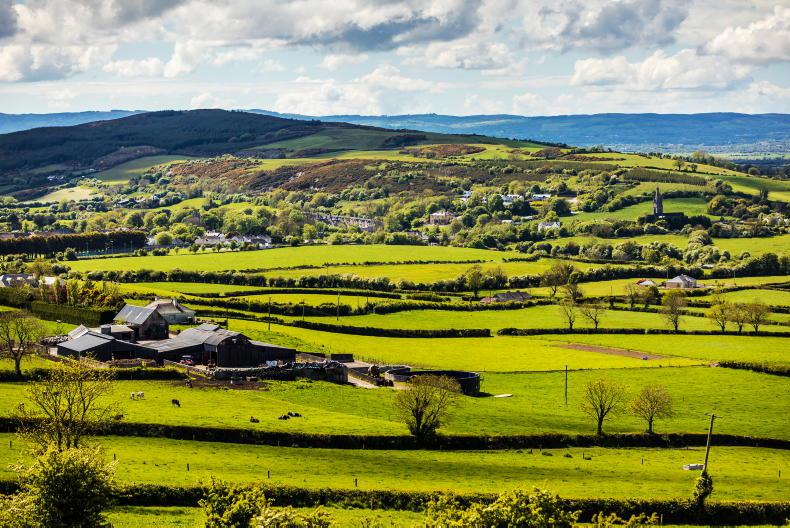

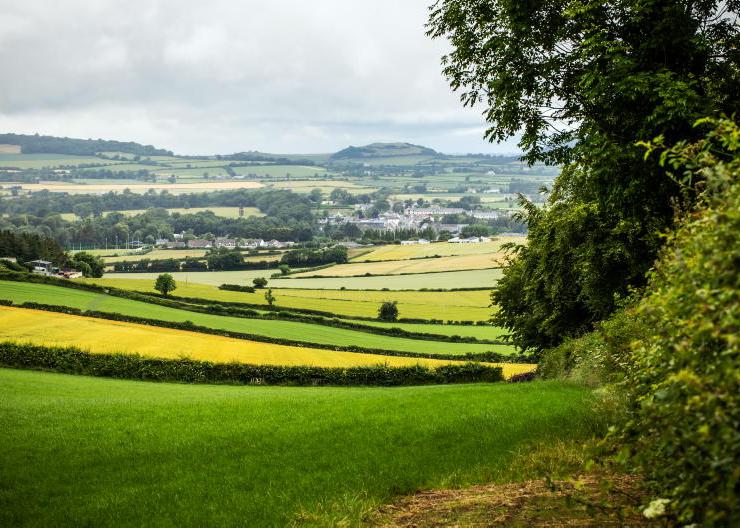

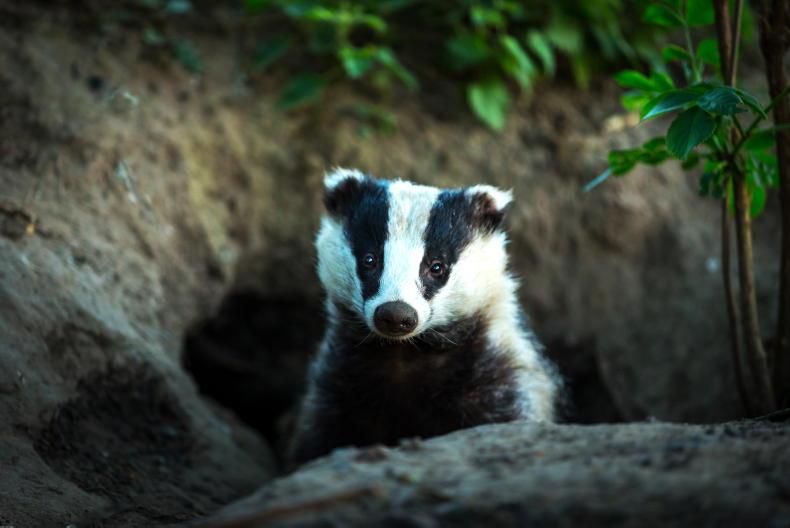
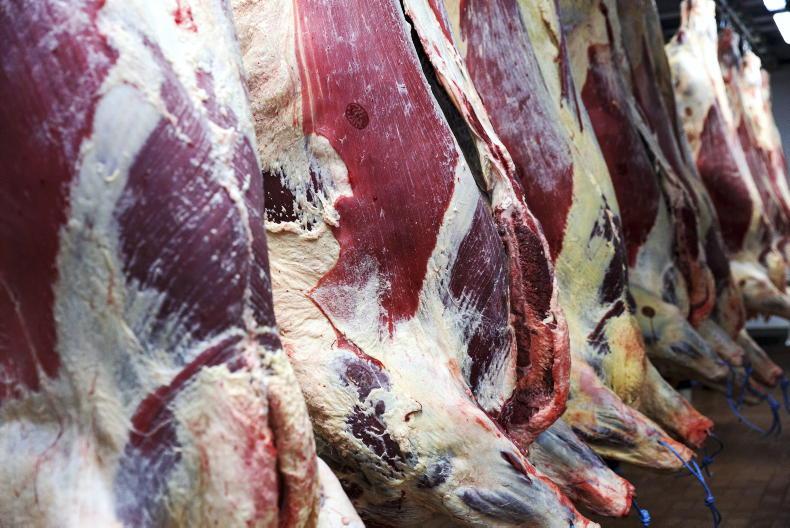
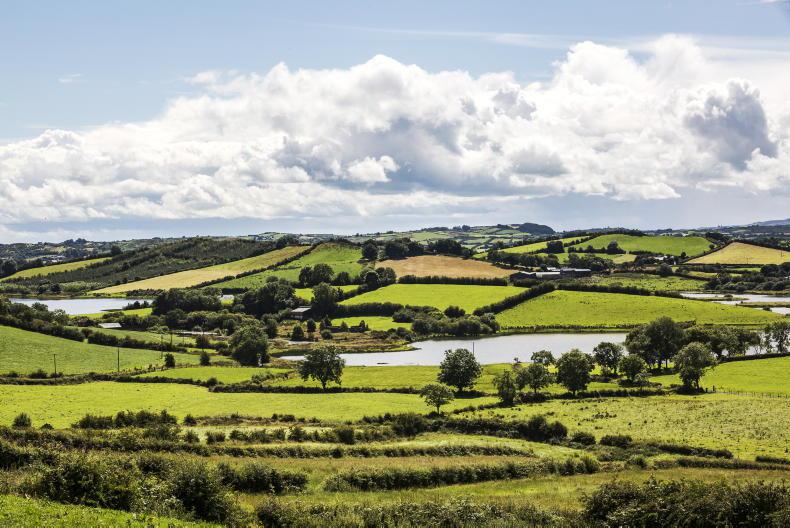
SHARING OPTIONS